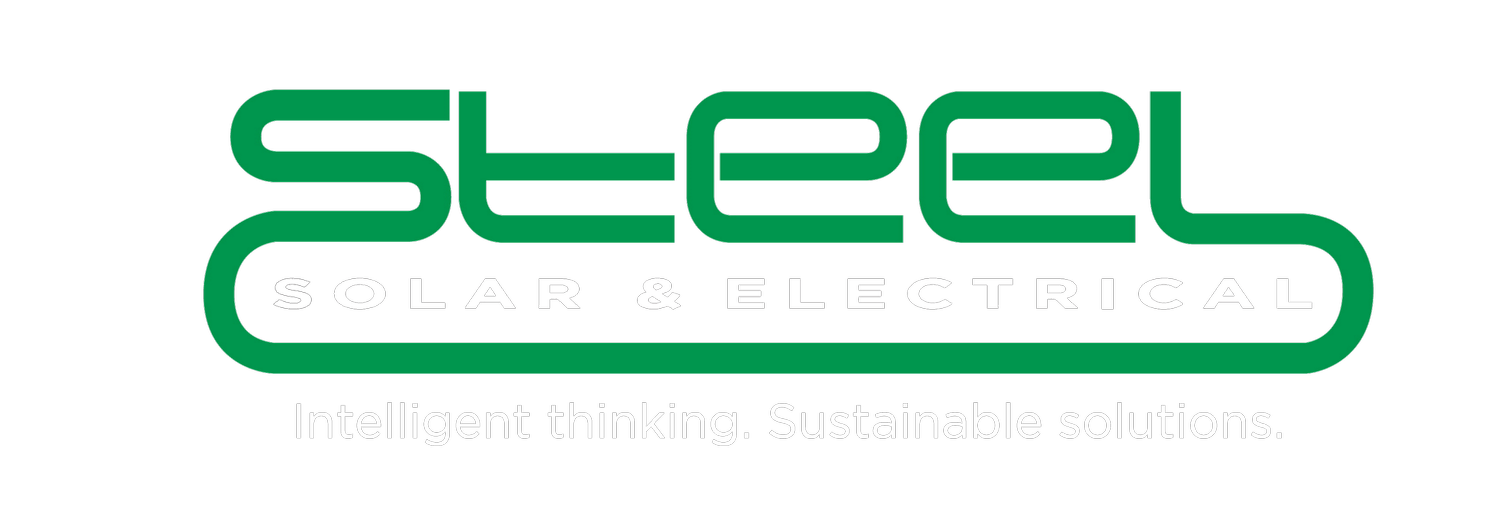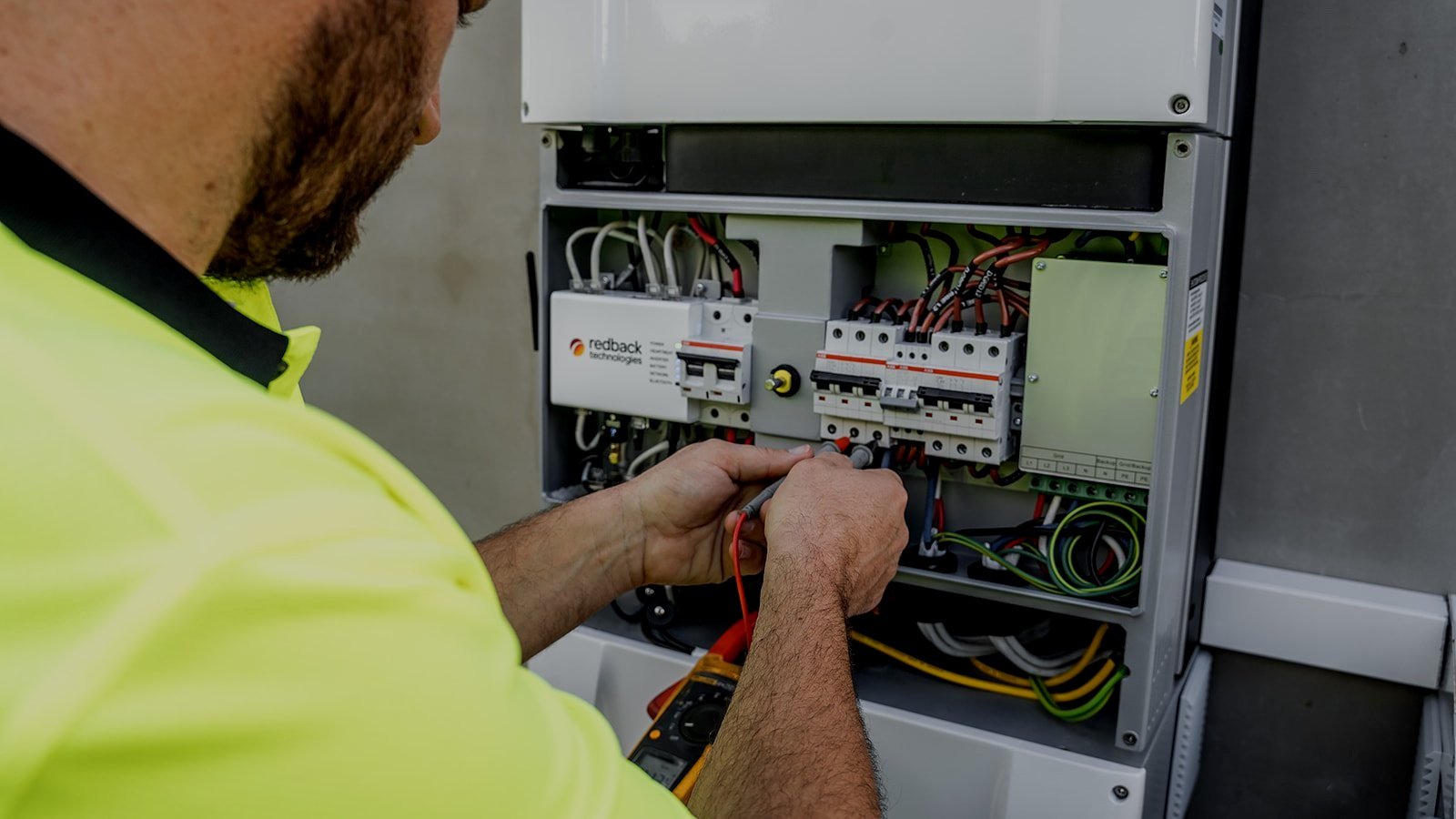Expert Electrical Installation Services in Auckland - Steel Electrical
Chatter about solar energy is everywhere these days. You probably know some of the perks already — that it’s cheaper than regular electricity and helps save the environment. But do you know what it takes to install solar?
Whether you’re building a new home or considering upgrades to the home you already own, solar energy is a smart choice. But it’s essential to know what goes into installing solar panels so you can make a more informed decision about proceeding with a system of your own.
We’ll walk you through how solar energy systems are installed, and what you should know before you get started.
How a solar panel system is installed
Solar installations involve a series of important steps. Here’s the typical process you can expect:
Step #1: A home assessment by our solar consultant
To begin, one of our solar consultant will assess your home for the basics: such as the solar system size you’ll need, the type, angle and orientation of your roof, and how much sunlight will hit your panels.
The consultant will also take a closer look at your roof’s strength, structural integrity and surface space, or if the system would be better suited in the yard. They will also examine your existing power system, to determine whether an upgrade is needed before the solar system is installed.
After the appraisal, which is done in person where possible, if you’re ready to move forward, you would sign the solar contract.
Step #2: Getting your paperwork and approvals in order
You’ll have to file local paperwork and get approvals for solar. These are required to stay in keeping with local laws and building codes, and to ensure your electricity supplier will support the connection of your new solar system to the utility grid.
All of this is best taken care of early in the process. Any good solar energy company will do most of the necessary documentation and authorisations for you.
Step #3: Determining your exact solar energy equipment needs
Next, your solar consultant will explain the exact solar system equipment that will be used in your system. The major components you should know about are:
The solar photovoltaic (PV) panels,
The solar mounting system that’s attached to your rooftop,
The inverter system that converts direct current (DC) power into usable AC electricity,
The battery system that stores excess energy during the daytime to provide power when the sun stops shining, and
The meter which tracks your panels’ power output and monitors any excess being fed into the grid.
In any case, you should expect your consultant or installers to advise you on why each part matters.
Step #4: Installing and ‘turning on’ your solar power
On the day of installation, qualified installers will do a final check of your roof’s readiness, and your home will be wired for solar. Then the installers will attach the racking to your rooftop, place the solar panels, install the inverter and battery system and then connect to your electrical system.
After a final approval from your local inspector and utility company and meter installation, your solar system is switched on so you can start producing solar energy.
Step #5: Monitoring and maintenance
Most solar set-ups will come with an online monitoring portal, which will allow you to see how much energy your solar panels are generating and make the most of your system.
Since there are no moving parts, panels don’t require much maintenance, but they should be inspected annually to ensure optimal energy output. Most of the time they can simply be cleaned with a garden hose, but your installer will advise the best way.
Step #6: Optimising savings with your energy retailer
Now that your system is installed and operating its time to increase your savings by getting the best deal from your energy provider.
There is a lot of competition for customers in the energy sector and energy retailers continually improve their offerings to suit. With cheaper rates and free power offerings an updated plan coupled with your new solar and battery system can really increase your savings.
Things you need to know before installing a solar system
Now that you have an idea of what the process entails, here are a few important things you should know before embarking on a solar installation:
You’ll get more out of solar if you’re energy efficient at home.
If your home power demands go down, you’ll increase your monthly utility savings, and even be able to feed extra solar energy back into the grid. Start making energy efficiency improvements around the house. You might, for example, upgrade to energy-efficient lighting and appliances, or install a heat pump water heater.
Your roof must be ideal for solar panels.
A roof must be large and strong enough to support a full solar array. Be sure to check your warranty as you don't want your panels outlasting the roof! To ensure your panels receive the strongest direct sunlight, your roof should also face northward (or east/west split) and be free from shade. You won't be getting the most out of your solar panels if your roof only sees a couple hours of sunlight every day, after all. If your roof is not ideal, ground-mounted solar panels can be considered.
If you’re building a new home, you should get all preliminary work done early.
For a new build, it’s best to get paperwork, approvals and pre-wiring out of the way as soon as possible to avoid extra costs and delays later. It’s also smart to use passive solar design in the early stages of a new build or renovation. Arranging windows for the best seasonal airflow and strategically using thermal mass materials will help with solar savings and power efficiency.
After audits, approvals and equipment orders, a typical system can be set up quickly, and most solar consultants will give you independent advice every step of the way so the process will be stress free.
Once you know the process, and you’ve considered some key details before embarking on the journey, you can decide whether solar is the right move...and be a lot more confident in your choice.

